Welcoming a leopard gecko into your home involves more than just providing food and water—it’s about crafting a space where they can truly thrive. From selecting the perfect leopard gecko enclosure size to maintaining ideal temperature and humidity levels, each detail contributes to your gecko’s quality of life. Dive into this guide, where we’ll reveal how to recreate the unique environment these fascinating reptiles call home in the wild.
Enclosure Size for Young Leopard Geckos
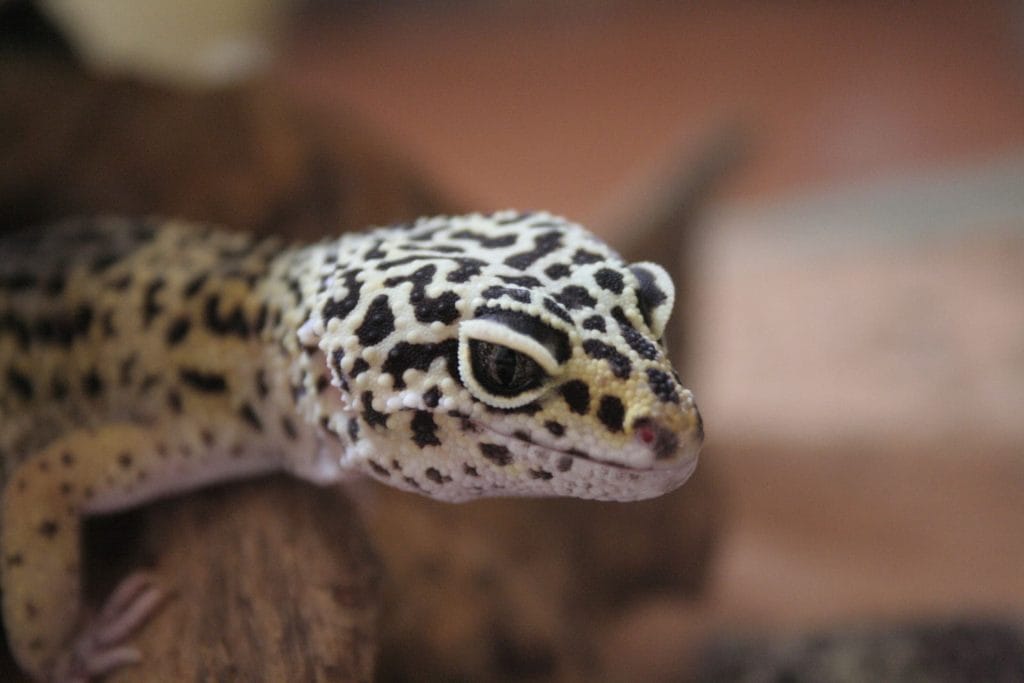
Starting with the right leopard gecko enclosure size is essential for young geckos, ensuring they have a secure and comfortable environment. For hatchlings and juveniles, a 20-gallon tank is often ideal. This size allows them to easily find food and explore their surroundings confidently, making the space manageable and less overwhelming.
As your young gecko grows, it’s crucial to transition to a larger enclosure. Moving to a 30-gallon tank as they mature helps accommodate their increased activity levels and desire to explore. This larger space encourages natural behaviors, all while supporting their physical development. Adjusting the leopard gecko enclosure size to match their growth stages not only contributes to their well-being but also creates a habitat that adapts to their changing needs.
Enclosure Size for Adult Leopard Geckos
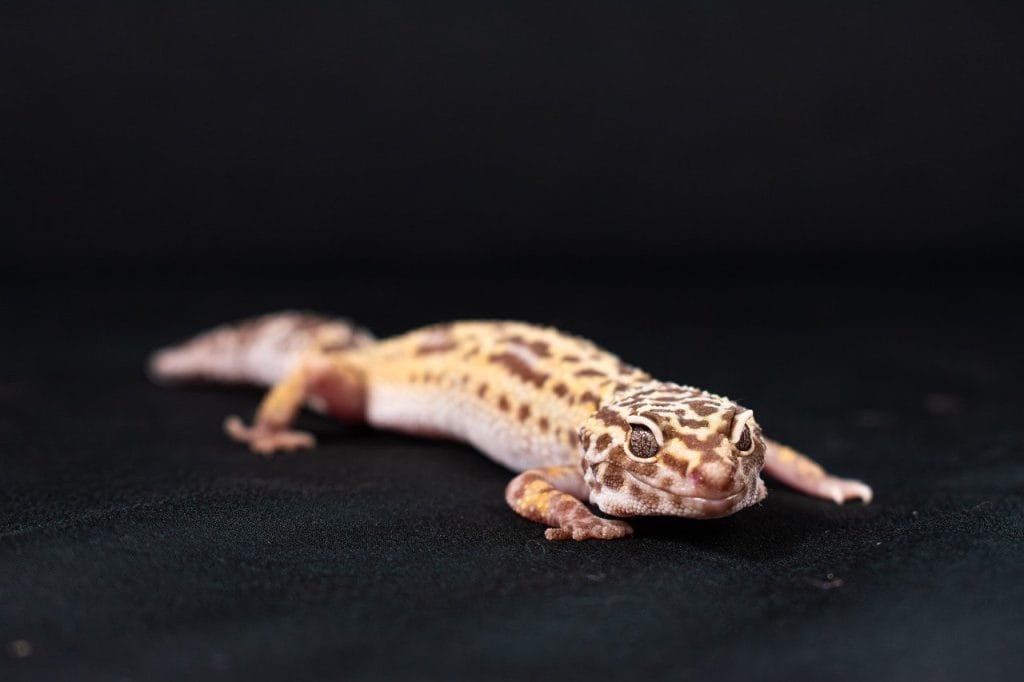
When it comes to housing a single adult leopard gecko, selecting the right enclosure size is crucial for ensuring their overall health and happiness. The ideal minimum size for an adult gecko is a 30-gallon tank. This space allows plenty of room for your gecko to explore, bask, and engage in natural behaviors without feeling cramped.
A well-sized enclosure not only reduces stress but also encourages physical activity. It accommodates various environmental enrichments, such as multiple hiding spots and climbing areas, enhancing your gecko’s living experience. While a 30-gallon tank serves as a solid foundation, considering a larger enclosure can provide even more benefits, allowing for greater diversity in decor and habitats.
By creating an inviting and spacious environment, you’re setting the stage for a thriving, content adult leopard gecko that can express their natural instincts and enjoy a vibrant life in your care.
For those ready to create the perfect habitat, check out our guide to the 5 Best Leopard Gecko Enclosures to find the ideal fit for your scaly friend.
Why You Shouldn’t Keep More Than One Gecko Together
While the idea of keeping multiple leopard geckos together might seem appealing, it’s important to understand why cohabitation can be challenging. Leopard geckos are naturally solitary creatures and, when housed together, they can become territorial and stressed. This often leads to aggressive behaviors, such as biting or intimidation, especially among males or mixed genders.
Even in spacious enclosures, dominance issues can arise, with one gecko hoarding resources like food and hiding spots, leaving others deprived. This can result in malnutrition, injury, or even life-threatening situations. Given these risks, it’s best to provide each gecko with their own carefully planned environment where they can thrive individually.
By ensuring every gecko has their own space, you can effectively eliminate stressors and reduce the risk of conflict. Solo housing facilitates monitoring of each gecko’s health and behavior, allowing for a more attentive and tailored care experience. Ultimately, respecting their solitary nature leads to happier, healthier geckos.
Correct Temperature Inside Leopard Gecko Enclosure
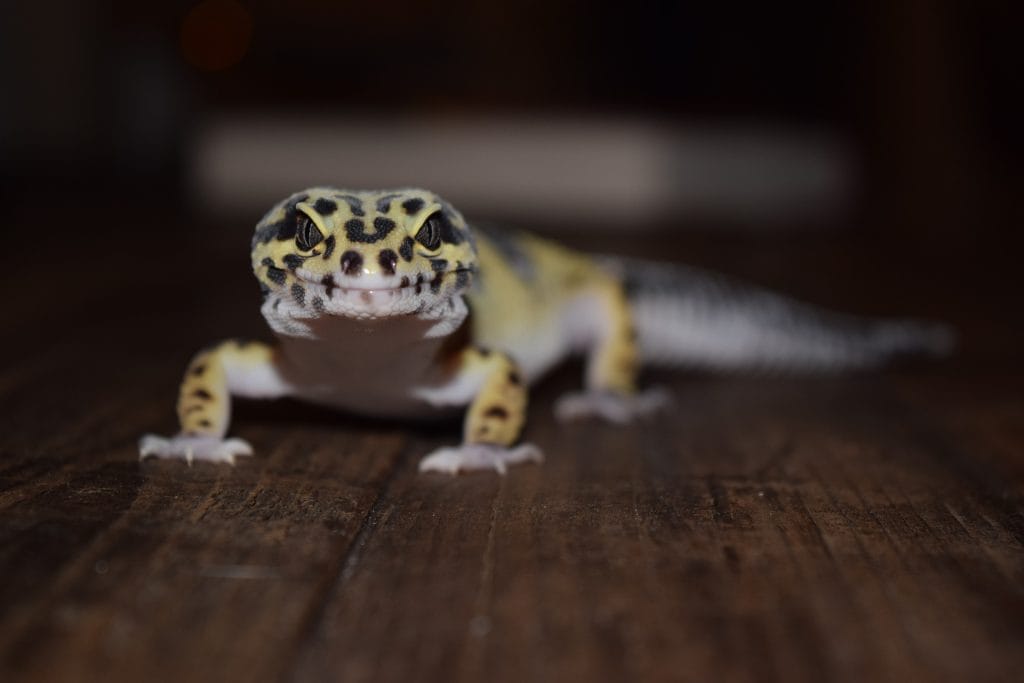
Maintaining the right temperature inside a leopard gecko enclosure is vital for their health and well-being. These reptiles are ectothermic, meaning they rely on their environment to regulate their body temperature. A proper temperature gradient within the enclosure allows your gecko to thermoregulate effectively, mimicking the conditions they would encounter in the wild.
The basking area should have a warm spot between 88°F and 92°F (31°C to 33°C), providing your gecko a cozy place to soak up some heat. This warmth is crucial for digestion and overall activity levels. On the cooler side of the enclosure, aim for a temperature range of 75°F to 80°F (24°C to 27°C), giving your gecko a comfortable retreat to cool down.
Using a reliable thermometer is essential to monitor these temperatures accurately. Additionally, consider incorporating heating elements like an under-tank heater or heat lamp, making sure to avoid direct contact with the substrate to prevent burns.
Creating a spacious temperature gradient, complete with hiding spots and climbing areas, allows your leopard gecko to thrive and maintain their natural behaviors. Providing the right temperatures ensures your scaly friend stays happy, healthy, and active!
Substrate for Leopard Gecko
Choosing the right substrate for your leopard gecko’s enclosure is an important decision that affects their comfort and health. The substrate not only serves as the flooring for the habitat but also plays a role in humidity control and can impact your gecko’s ability to exhibit natural behaviors.
Here are some popular substrate options:
- Reptile Carpet: A safe and easy-to-clean option, reptile carpet provides a soft surface for your gecko. It’s reusable and doesn’t pose a risk of ingestion, making it a favorite among many gecko owners.
- Paper Towels: While not the most natural-looking, paper towels are an affordable and hygienic option, especially for young or sick geckos. They allow for easy cleaning and monitoring of your gecko’s waste, aiding in health assessments.
- Slate Tiles: For a more natural appearance, slate tiles offer durability and can help keep your gecko’s nails trimmed. They’re relatively easy to clean and can assist in maintaining temperatures due to their heat-retentive properties.
- Avoid Loose Substrates: Materials like sand, wood shavings, or coconut fiber should be avoided due to the risk of impaction if ingested. Impaction can lead to serious health issues and is a common concern with loose substrates.
Selecting the right substrate involves considering your gecko’s safety, ease of maintenance, and the overall aesthetics of the enclosure. Whichever option you choose, ensuring a clean and safe environment will help your leopard gecko thrive.
Humidity Inside Leopard Gecko Enclosure
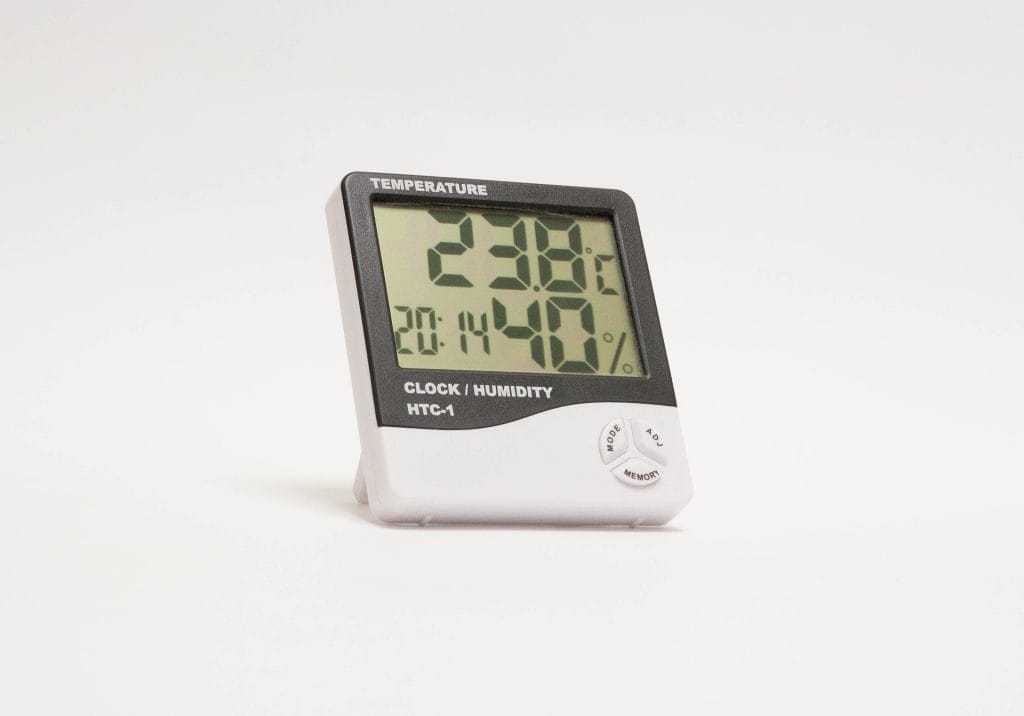
Maintaining the right humidity levels in a leopard gecko enclosure is key to ensuring your pet’s health and comfort. Leopard geckos are native to arid regions and do not require high humidity levels like some other reptile species. However, keeping the humidity at the correct level aids in proper shedding and overall well-being.
Ideal Humidity Level: Aim to maintain the enclosure’s humidity between 30% and 40%. This mirrors the dry conditions of their natural habitat and helps prevent issues such as respiratory infections or skin conditions.
Monitoring and Adjusting: Use a reliable hygrometer to monitor the humidity levels consistently. If you notice the levels are too high, ensure there is adequate ventilation in the enclosure. Conversely, if levels are too low, using a moist hide can help.
Moist Hide: Providing a moist hide within the enclosure is essential, especially around shedding time. Line a hide with damp moss or paper towels to create a humid microenvironment. This aids in skin shedding and helps keep your gecko comfortable.
By keeping a close eye on humidity levels and providing a balanced environment, you’ll support your leopard gecko’s natural behaviors and promote overall health, helping them feel right at home.
Making a Leopard Gecko Enclosure Similar to Their Natural Environment
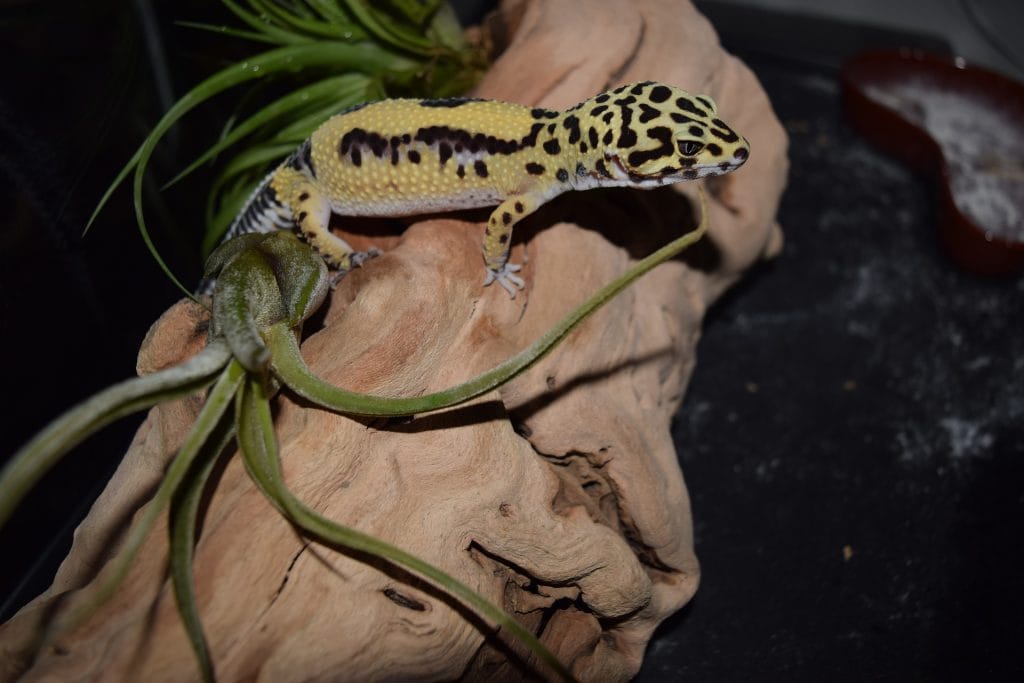
Creating an enclosure that mirrors the natural habitat of a leopard gecko not only ensures the animal feels at home but also encourages natural behaviors that are essential for their physical and mental well-being. Here’s how you can design a space that reflects the deserts and rocky areas they originate from:
1. Incorporate Natural-Looking Décor: Use rocks, slate, and sturdy branches to create climbing areas and hideouts. These materials mimic the rocky terrains leopard geckos are accustomed to, offering them places to explore and retreat.
2. Create a Variety of Hides: Design multiple hides on both the warm and cool sides of the enclosure. Hideouts give geckos a sense of security, reducing stress and allowing them to indulge in natural behaviors like basking and hiding.
3. Use a Desert-Appropriate Substrate: While loose substrates like sand are not recommended due to the risk of impaction, you can use slate tiles or a reptile carpet to replicate a more natural desert floor without the associated risks.
4. Lighting and Heat: Simulate natural daylight cycles with a light schedule that includes a bright daytime and dark night. Heat lamps or under-tank heaters can create a temperature gradient conducive to thermoregulation, similar to their native environment.
5. Vegetation and Visual Barriers: Add safe, artificial plants that resemble the sparse vegetation in wild habitats. These not only provide a more authentic look but also act as visual barriers that reduce stress by giving your gecko additional hiding spots.
6. Water and Hydration: While leopard geckos come from arid areas, they still need water. Ensure a shallow water dish is available at all times for drinking and contributing to mild humidity.
These adjustments create a stimulating environment that mirrors a leopard gecko’s natural landscape, supporting a thriving and active pet. With a slice of the desert in their home, your leopard gecko is sure to feel right at home!
Essential Tips for Creating a Leopard Gecko Haven
Crafting an ideal home for your leopard gecko involves attention to detail, from choosing the right enclosure size to mimicking their natural desert habitat. Young geckos thrive in a 20-gallon tank, eventually needing a 30-gallon as they mature, allowing ample space for natural behaviors. Adult geckos require at least a 30-gallon tank for optimal health and enrichment.
The enclosure must maintain correct temperatures, with a warm basking spot and a cooler retreat. Choose substrates like reptile carpet or slate tiles for safety and ease of cleaning, avoiding loose materials to prevent impaction. Humidity should be kept between 30% and 40%, with a moist hide provided for shedding.
By incorporating natural décor, hides, and appropriate lighting, and providing consistent water, you recreate the leopard gecko’s desert environment, fostering their natural instincts. This carefully designed habitat ensures they thrive, expressing active and healthy behaviors, resulting in a happy and content companion.
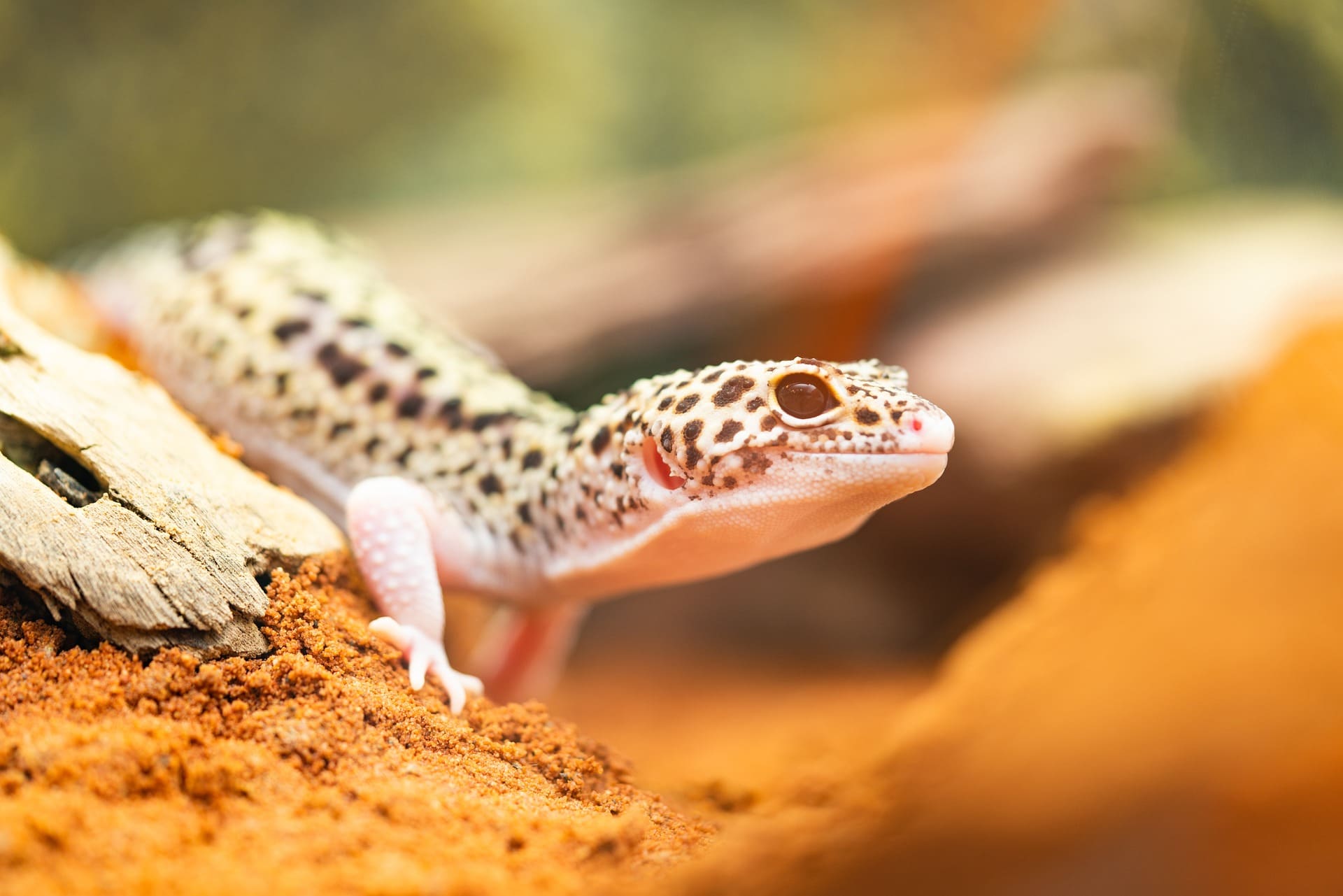
Leave a Reply
You must be logged in to post a comment.